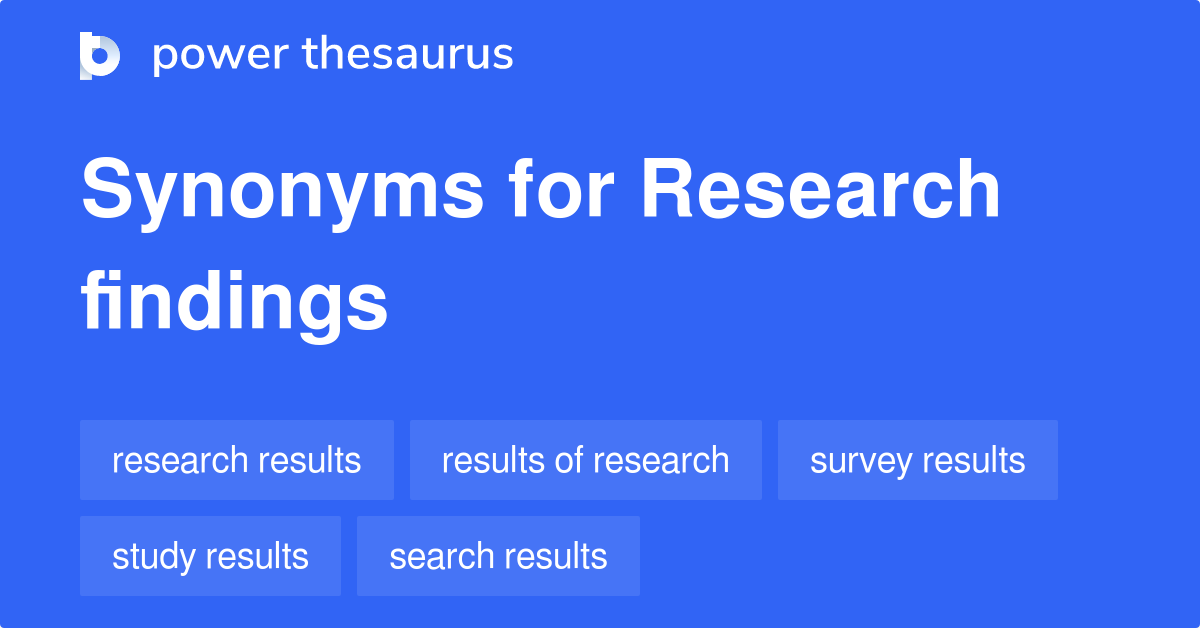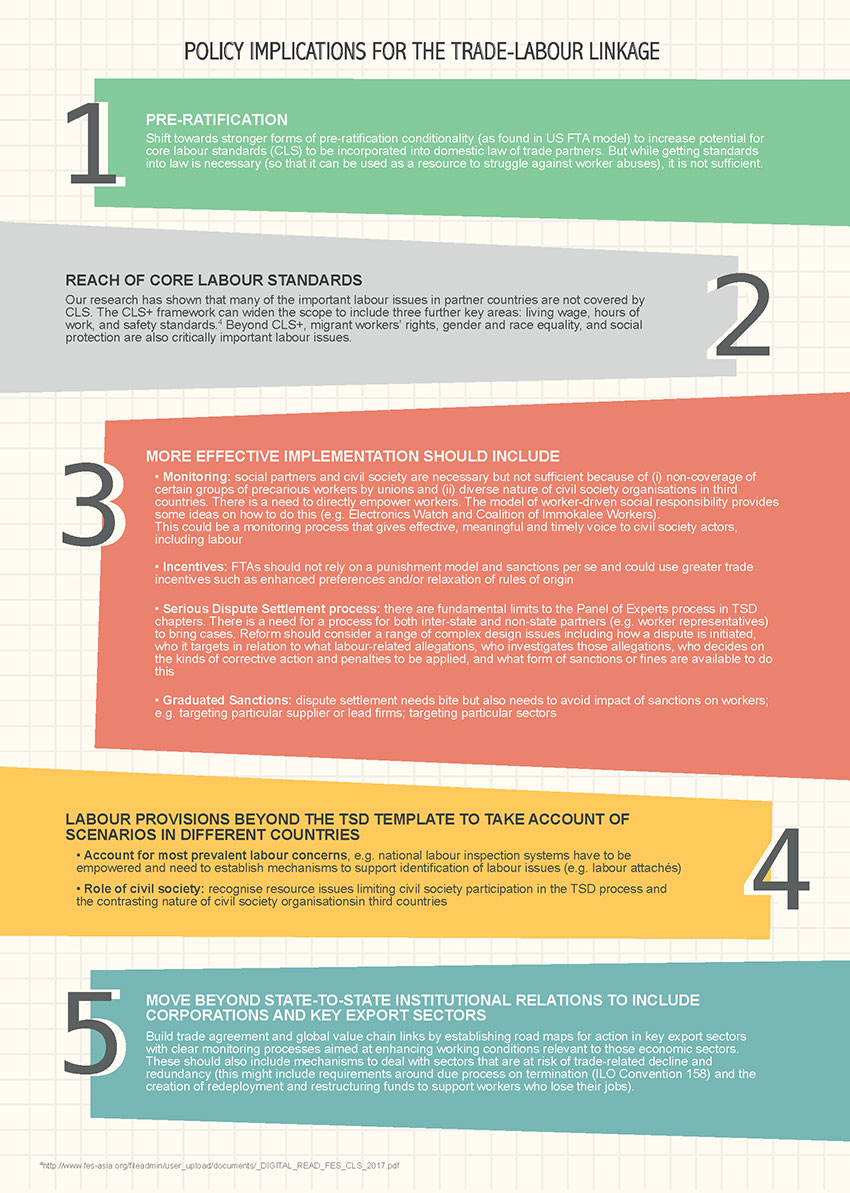

The authors noted several differences between their review and Cooper et al.’s that could explain the contrasting results: 1) Kim and Quinn analyzed only reading programs, while Cooper and colleagues combined math and reading programs, 2) Kim and Quinn included only two-group experimental and quasi-experimental studies, while Cooper and colleagues included single-group pre/post-test designs, and 3) Kim and Quinn included home-based programs in their review. Furthermore, they concluded that the reason lower-income students benefited more was that lower-income students in these studies were more likely than higher-income students to experience summer loss when not participating in the summer programs. Unlike Cooper, however, Kim and Quinn found that it was low-income students who benefited most from summer reading programs (even when restricting the comparison to higher- and lower-income students attending the same program). 9 Like Cooper and colleagues, Kim and Quinn found summer reading programs to be effective at raising test scores, on average. Kim and Quinn conducted a meta-analysis of 41 summer reading programs from 35 studies published after the Cooper et al. The result raised the concern that attempts to stem summer learning loss may actually exacerbate summer gap-growth if they are not well targeted. They speculated that this could be because programs serving more advantaged students were of higher quality, or because of an interactive effect between programming and the home resources available to students. 8 However, they also concluded that middle-income students benefited more from summer programming than did lower-income students. In 2000, Cooper and colleagues published a comprehensive meta-analysis of classroom-based summer programs finding positive effects on average. Traditionally, educators and policymakers have relied on conventional summer school programs to combat summer loss and summer gap-growth. Students’ achievement scores declined over summer vacation by one month’s worth of school-year learning. Higher-income students tend to continue to have access to financial and human capital resources (such as parental education) over the summer, thereby facilitating learning. Over the summer, however, the flow of resources slows for students from disadvantaged backgrounds but not for students from advantaged backgrounds. 6 According to the theory, the “resource faucet” is on for all students during the school year, enabling all students to make learning gains. 5 Thus, it seems summer loss and summer gap-growth occur, though not universally across geography, grade level, or subject.Įntwisle, Alexander, and Olson’s “faucet theory” offers an explanation as to why lower-income students might learn less over the summer compared to higher-income students. 4 Von Hippel and Hamrock re-analyzed two earlier data sets and concluded that gaps “do not necessarily…grow fastest over the summer” (p.41). 3 However, an analysis of the nationally-representative Early Childhood Longitudinal Study, Kindergarten Class of 2010 – 11 (ECLS-K:2011) found little evidence of overall loss over the summers after grades K and 1, and the summer socioeconomic status gaps widened in some subjects and grades but not others. One study using data from over half a million students in grades 2-9 from a southern state (from 2008-2012) found that students, on average, lost between 25 – 30 percent of their school-year learning over the summer additionally, black and Latino students tended to gain less over the school year and lose more over the summer compared to white students. The recent literature on summer loss has been mixed.

However, they did not find differential summer learning in math, or by gender or race in either subject.

Importantly, they also concluded that income-based reading gaps grew over the summer, given that middle class students tended to show improvement in reading skills while lower-income students tended to experience loss. 2 The authors concluded that: (1) on average, students’ achievement scores declined over summer vacation by one month’s worth of school-year learning, (2) declines were sharper for math than for reading, and (3) the extent of loss was larger at higher grade levels. An early comprehensive review of the literature summarized several findings regarding summer loss.


 0 kommentar(er)
0 kommentar(er)
